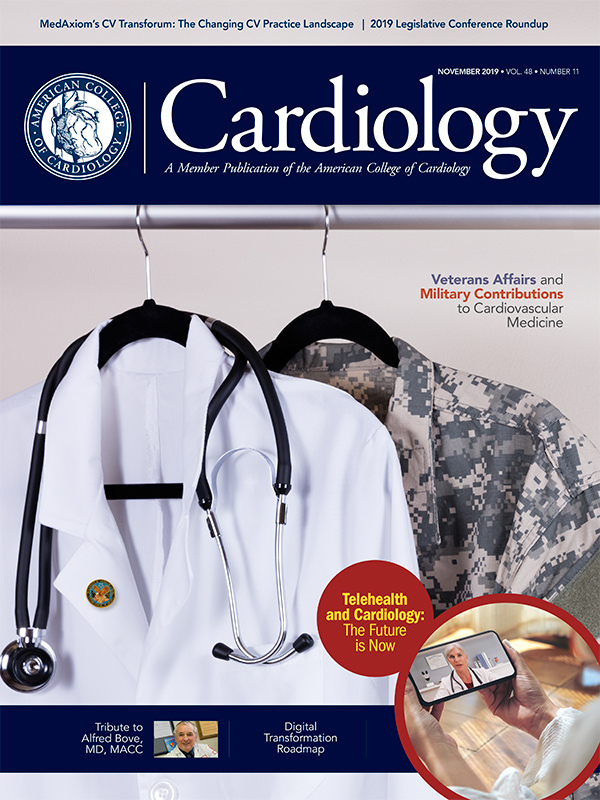Cover Story | Veterans Affairs and Military Contributions to Cardiovascular Medicine
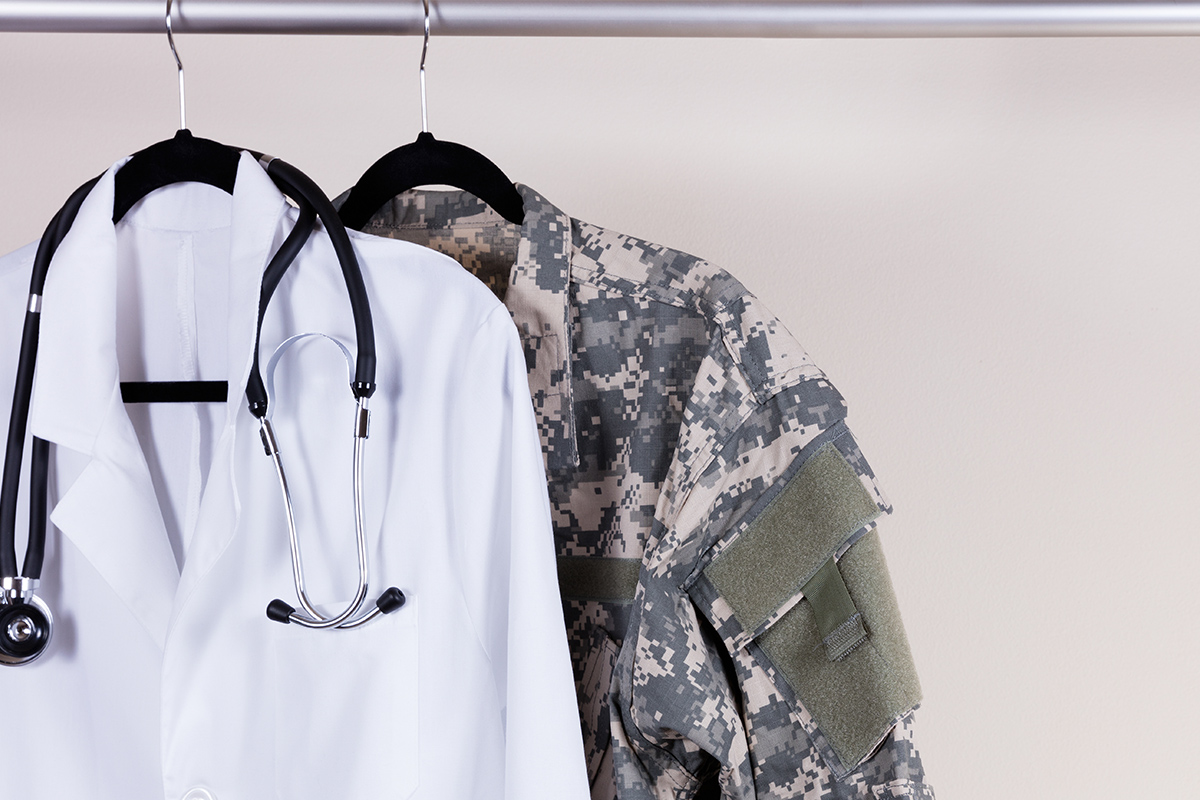
Military physicians and the Veterans Affairs (VA) play an important role in cardiovascular care and research.
"The VA as a large single payer health care system in the country makes tremendous contributions in clinical care. In research, the published data consistently demonstrate the quality of cardiovascular care delivered within federal facilities," says Mladen I. Vidovich, MD, FACC, chief of cardiology, Jesse Brown VA Medical Center and chair of ACC's Federal Cardiology Member Section.
"As a large single payer health care system, the VA provides all veterans excellent access to quality care due to the commitment of numerous physicians, nurses and health care team members," Vidovich notes.
The Veterans Health Administration (VHA) is the largest integrated health care system in the U.S., with 1,255 health care facilities, including 170 medical centers and 1,074 outpatient clinics, where nine million veterans are served each year. Many of these veterans suffer from or are at risk for cardiovascular disease.
Federal cardiologists, including Department of Defense and VA fellows-in-training, play a significant role managing cardiovascular disease for the broader Federal cardiology community.
"This is now my 20th year as a military physician, and it's been an immensely rewarding experience, both as a physician, before I was a cardiologist, and then after as a cardiologist. The most unique and fulfilling part of working in the military is the opportunity to influence and be involved in operational military medicine in locations throughout the world," says Michael T. Spooner, MD, FACC, co-chair of the ACC's Simulation Work Group.
ACC and the VA/Military
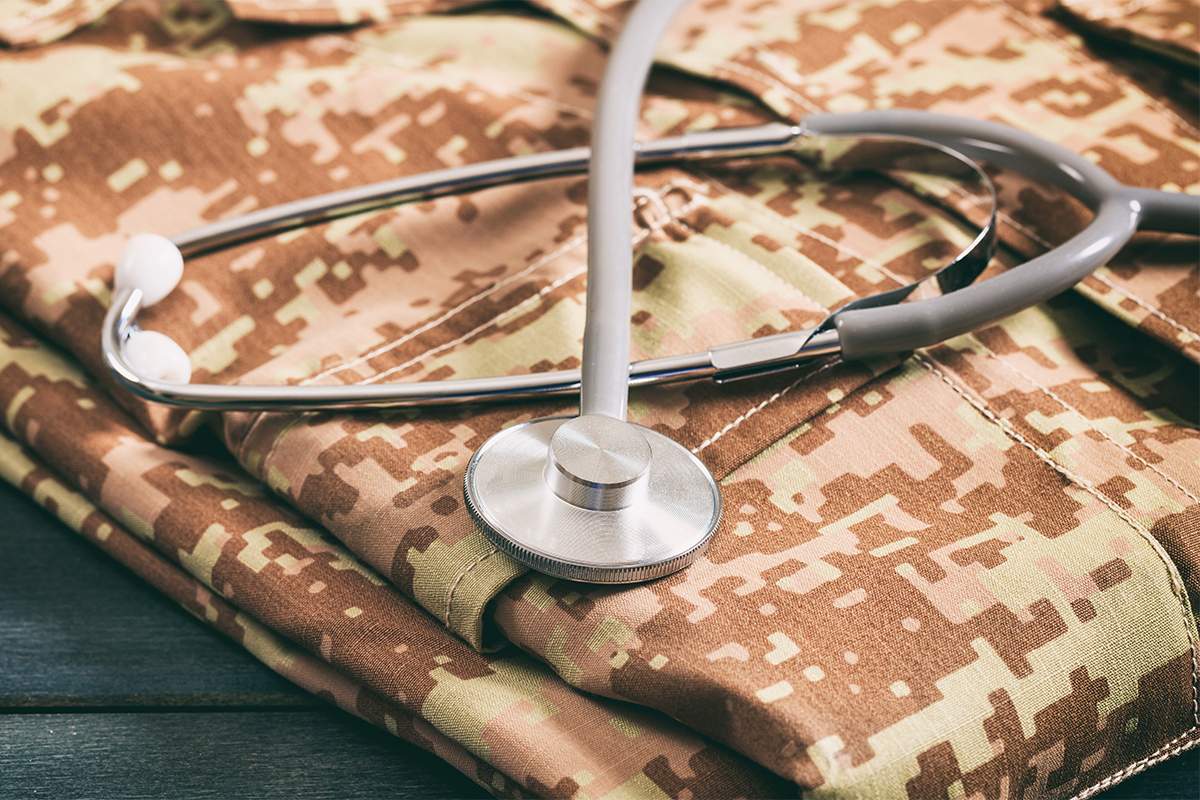
Earlier this year, ACC CEO, Timothy Attebery, DSc, MBA, FACHE, noted that the ACC has long recognized the important role the VA plays in cardiovascular care and in recent years has moved to further strengthen the role of its VA, military and public health sector members in college-wide activities. VA and military clinicians serve on the ACC's Board of Governors and Board of Trustees and other national ACC committees. Many FACCs also serve in national leadership roles in the VA system.
The ACC Federal Cardiology Member Section and Leadership Council is the home for cardiac professionals working in the VA, Department of Defense or Public Health Service, advocating for and advancing the priorities of interest to the community. The Federal Cardiology Section aims to engage federal cardiologists within the College and to ensure that College leadership is informed about issues and challenges in Federal cardiology.
"The ACC's Federal section is an amazing forum for physicians, nurses and nurse practitioners," Vidovich says. "We organize an annual meeting [for VA and military physicians] with opportunities for personal interaction and fascinating lectures by invited speakers about diverse topics affecting or contributing to the specific work environment in the VA, military and Public Health Service," he adds.
Clinician Training and Education
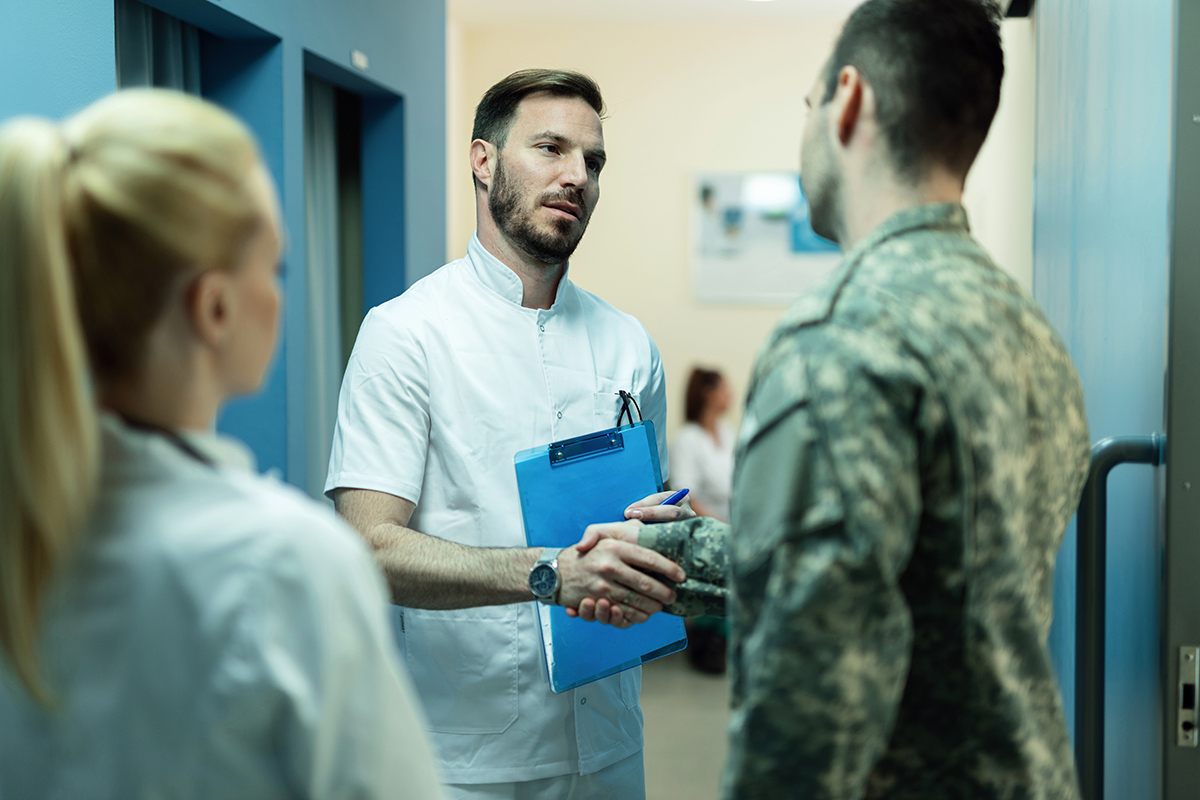
More than 90 percent of clinicians in the U.S. receive some of their training in the VA system. In 2014, more than 41,000 medical residents, 23,000 medical students, and approximately 300 advanced fellows received at least some of their clinical training in the VHA. A majority of cardiology fellows receive at least part of their training at VA hospitals and clinics.
Through VHA's partnership with academic institutions, it is the largest provider of education and training for health care professionals in the U.S. The VHA patient population provides cardiology trainees enriching experiences treating patients with higher cardiovascular risk factors, diverse pathologies and more severe disease.
The centralized health care and medical informatics of the VA system improve continuity of care, resulting in high clinic attendance and better medication adherence. The VA Computerized Patient Reporting System, a nationwide electronic health record (EHR) system in place since 1999, has increased productivity by almost 6 percent each year and improved quality of care. Access to this centralized data provides fellows comprehensive patient information across VA hospitals and clinics, unlike the fragmented records at non-VA hospitals.
Among the 193 cardiovascular disease training programs in the U.S., there are currently three Department of Defense training programs for fellows. These military programs use a team-based, multidisciplinary approach to provide fellows in training experience in a wide variety of cardiovascular disorders.
Military fellows also take part in external rotations at VA hospitals and civilian institutions for experience with different patient populations. Military fellow training includes the fundamental skills of invasive and noninvasive cardiology and intensivist critical care skills. After their military career these highly trained specialists take their skills to civilian hospitals and clinics.
Research and Development

The VA established its first cardiovascular research unit at its Washington, DC, hospital in 1935. Today, VA research is conducted in an integrated health care system with a state-of-the-art EHR and is viewed as the model for superior bench-to-bedside research.
The VA Health Services Research & Development Service collaborates with university partners, other federal agencies, nonprofit organizations and private industry, furthering the program's impact on the health of veterans and the nation.
Cardiovascular disease is the leading cause of hospitalizations in the VA health care system and is associated with a number of other diseases that often affect veterans, including diabetes, spinal cord injuries, and posttraumatic stress disorder.
Studies funded by VA Research & Development address many aspects of care for veterans across the VA health care system, including gender differences and cardiovascular disease risk, remote support via telemedicine managing cardiovascular risk factors in rural veterans, and the impact of cardiovascular disease on VA operating costs.
Major accomplishments developed from VA research have dramatically improved cardiovascular care:
- 1960: Successful implantation of the first cardiac pacemaker
- 1970: Landmark VA cooperative study on hypertension showed that treating moderate hypertension prevented or delayed catastrophic health complications
- 1996: Developed clinical practice guidelines on cholesterol screening
- 2007: Study showing that balloon angioplasty and stenting do little to improve outcomes for patients with stable coronary artery disease who also receive drug therapy and undergo lifestyle changes
- 2015: Participated in the SPRINT trial showing that significantly lowered systolic blood pressure reduces the rate of heart and kidney diseases, stroke and age-related declines
See the sidebar below, VA Research Accomplishments, for more information on VA cardiology research studies.
Widely Acclaimed Innovations

The VA has developed widely acclaimed, innovative national programs in cardiology, including its national EHR system and an active cardiac device surveillance system in collaboration with the Food and Drug Administration. Ultrasound technology can be traced back to the early twentieth century, when the military used pulsed hypersonic echoes to detect flaws in the metal hulls of tanks and naval vessels.
Military medical advancements also include telemedicine, developed by the Army's Telemedicine & Advanced Technology Research Center (TATRC), which explores how new innovations can improve health care in the military.
TATRC researchers are working on telecommunication solutions, including a mobile app that connects patients to behavioral health care providers. They are also using robotics and other technology for remote care during combat, as well as developing lifelike training simulations to help prepare medics in the field.
Simulation training is another major innovation from the military that has benefits in many disciplines, including cardiology education.
"One of the great strengths of being in military medicine is the opportunity to be given a lot of responsibility at a pretty early phase of your career. As I was finishing my fellowship, I was actually selected to become the chief of simulation education here at the Navy's largest east coast medical center," says Spooner, now director for the Healthcare Simulation and Bioskills Training Center at the Naval Medical Center, Portsmouth, VA.
"I've been involved with simulation education throughout the entire gamut of health care. Specific to cardiovascular care, I got my start as a resident. I volunteered to develop simulation training for our internal medicine residents and we developed a set of specific cardiac arrest scenarios and code scenarios. Our comfort level with doing codes dramatically changed, and we became much more comfortable with the whole aspect of codes."
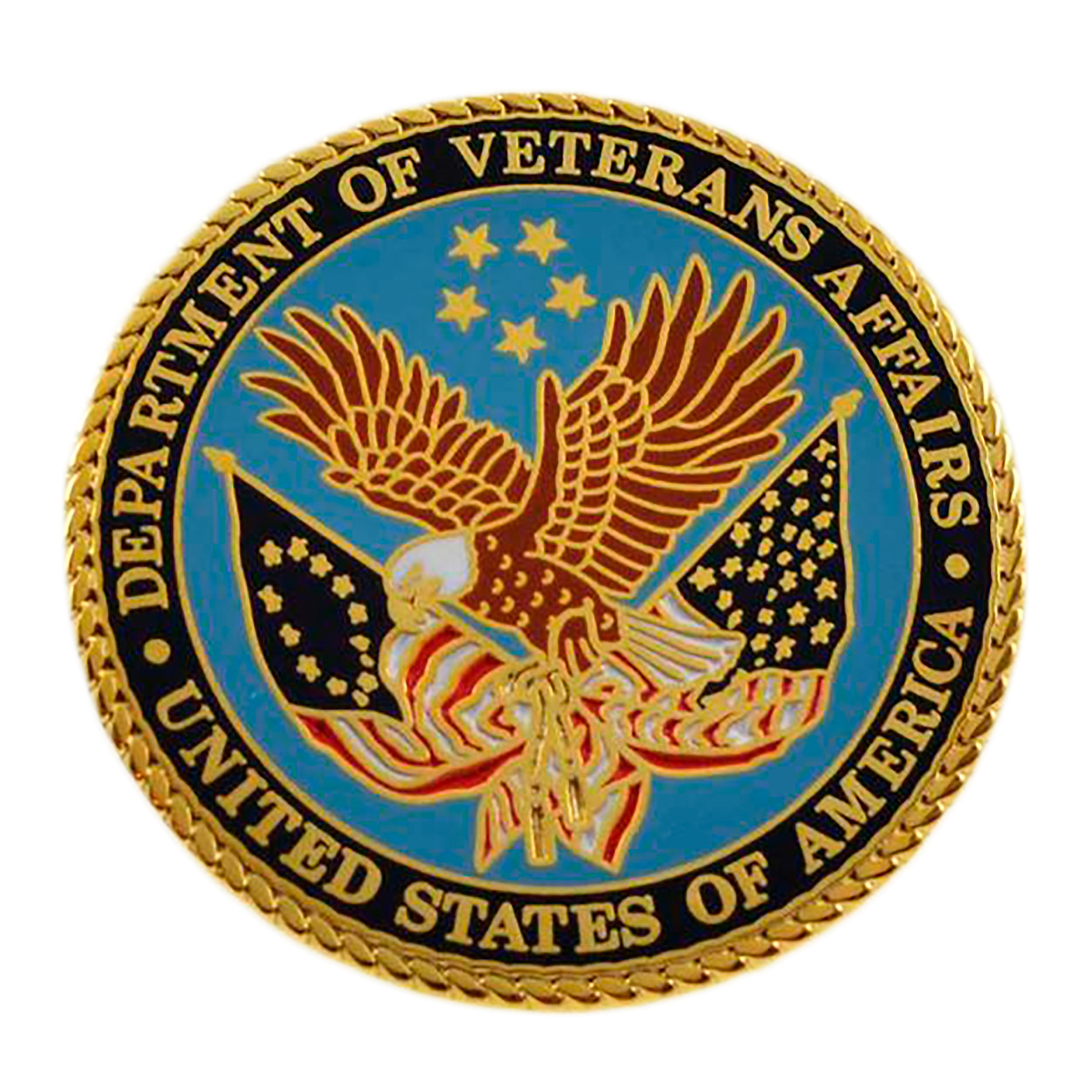
During Spooner's cardiology fellowship he designed a curriculum for the rotating residents, having them work through scenarios such as managing a retroperitoneal bleeding event and giving thrombolytic therapy for STEMI as if they were in a remote duty station. "We saw how we were changing behaviors through simulation," Spooner says.
Spooner and center are developing intravascular simulations, including a basic endovascular skills for trauma course, and transesophageal echocardiography training.
Spooner joined Matthew Martinez, MD, FACC, to co-chair the ACC's Simulation Work Group, which was started three years ago. "We now have 10 members in the work group, and we've already seen some early successes, primarily putting together immersive simulation programs for the ACC annual scientific session," Spooner says.
In the controlled simulation environment, learners receive feedback that allows them to build a framework for understanding the information that's most clinically relevant.
The Work Group has been exploring ACC guideline-directed simulation-based education for trainees, fellows and early career professionals, providing them the opportunity to maintain high skill levels and gain new knowledge. The Work Group presented its first pilot initiative for the heart failure guidelines in 2017, featuring virtual cases of patients with heart failure.
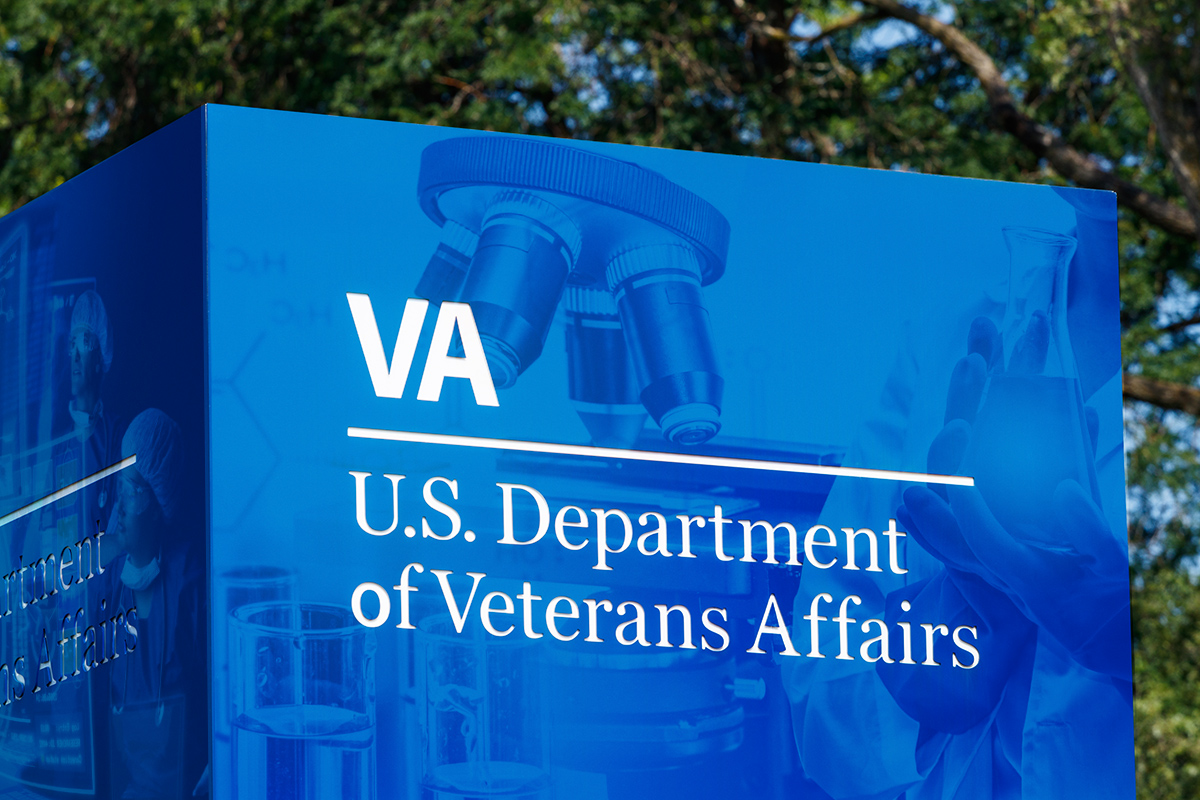
The VA has a broad commitment to studying cardiovascular disease and related disorders, including the links between both diabetes and posttraumatic stress disorder (PTSD) and cardiovascular disease. Listed below are some of the VA's most important past and ongoing cardiovascular clinical trials and their key findings.
Cardiovascular Disease and Diabetes
VA Diabetes Trial (VADT): Intensive vs. standard glucose control in 1,791 veterans with poorly controlled type 2 diabetes (T2D)
- No difference in major cardiovascular events between groups at 5.6 years (2009)
- Significantly lower rate in intensive control group after 10 years (2015)
- 15-year follow-up showed significant reduction (17 percent) in intensive control group only during the 10-year period of glycated hemoglobin curve separation between the groups (2019)
Combat Deployment, PTSD and Cardiovascular Disease
Several military studies have evaluated the connection between PTSD or combat deployment on cardiovascular disease risk
- PTSD was associated with ischemic changes on exercise treadmill test regardless of traditional cardiac risk factors (2013)
- PTSD might be a fast track to development of premature cardiovascular disease (2013)
- Combat deployment was associated with new-onset coronary heart disease (2014)
- PTSD was associated with heart failure in outpatient sample of veterans (2015)
COURAGE Trial
Initial PCI with optimal medical therapy (OMT) vs. OMT alone
- PCI did not reduce the risk of death, myocardial infarction or other major cardiovascular events when added to OMT (2007)
- After 15 years of follow-up, no difference in survival between initial PCI plus OMT and OMT alone groups (2015)
SPRINT Trial
Intensive treatment of systolic blood pressure to target of <120 mm Hg compared with standard treatment to target of <140 mm Hg in patients with high risk for cardiovascular events but without diabetes
- Intervention stopped early after median 3.26 years due to significantly lower rate of primary outcome with intensive treatment
- Targeting systolic blood pressure <120 mm Hg significantly lowered rates of fatal and nonfatal major cardiovascular events and death from any cause (2015)
Cardiovascular Disease in Women Veterans
Analysis of data from the VA Clinical Assessment Reporting and Tracking System for Cath Labs (CART-CL) program of 86,000 veterans (3,200 women) (2015)
- Women veterans undergoing catheterization were younger, and had more obesity, depression, and PTSD and less obstructive coronary artery disease than men
- Long-term outcomes among women veterans were similar with those in male veterans
Quality of VA Health Care
Comparison of mortality and readmission rates among older men with acute myocardial infarction (AMI), heart failure, or pneumonia treated in VA and non-VA hospitals
- Hospitalization at VA hospitals vs. non-VA hospitals was associated with lower 30-day all-cause mortality rates for AMI and heart failure and higher hospital readmissions for AMI, heart failure and pneumonia (2016)
Clinical Topics: Cardiovascular Care Team, Dyslipidemia, Invasive Cardiovascular Angiography and Intervention, Prevention, Atherosclerotic Disease (CAD/PAD), Lipid Metabolism, Nonstatins, Interventions and Coronary Artery Disease, Hypertension
Keywords: ACC Publications, Cardiology Magazine, Veterans Health, Coronary Artery Disease, Veterans, Military Personnel, Stress Disorders, Post-Traumatic, Blood Pressure, Military Medicine, Universities, Mobile Applications, United States Food and Drug Administration, Medication Adherence, Trustees, Public Health, Leadership, Students, Medical, Specialization, Risk Factors, United States Department of Veterans Affairs, Health Services Research, Medical Informatics, Hypertension, Angioplasty, Balloon, Telemedicine, Diabetes Mellitus, Electronic Health Records, Stroke, Ambulatory Care Facilities, Delivery of Health Care, Integrated, Cholesterol, Nurse Practitioners, Hospitalization, Organizations, Nonprofit, Patient Care Team, Critical Care, Telecommunications, Kidney Diseases, Spinal Cord Injuries, Pacemaker, Artificial, Pacemaker, Artificial, Life Style, Metals, Continuity of Patient Care, District of Columbia
< Back to Listings

